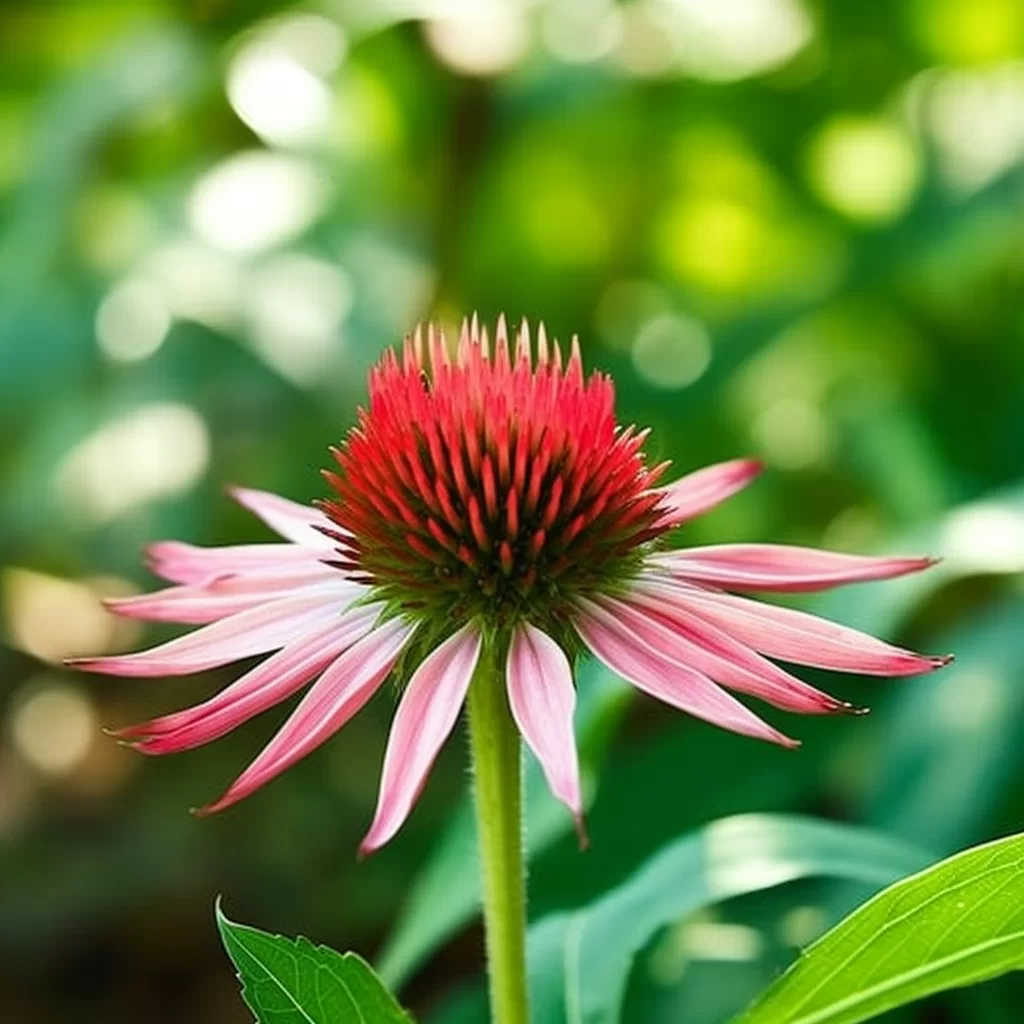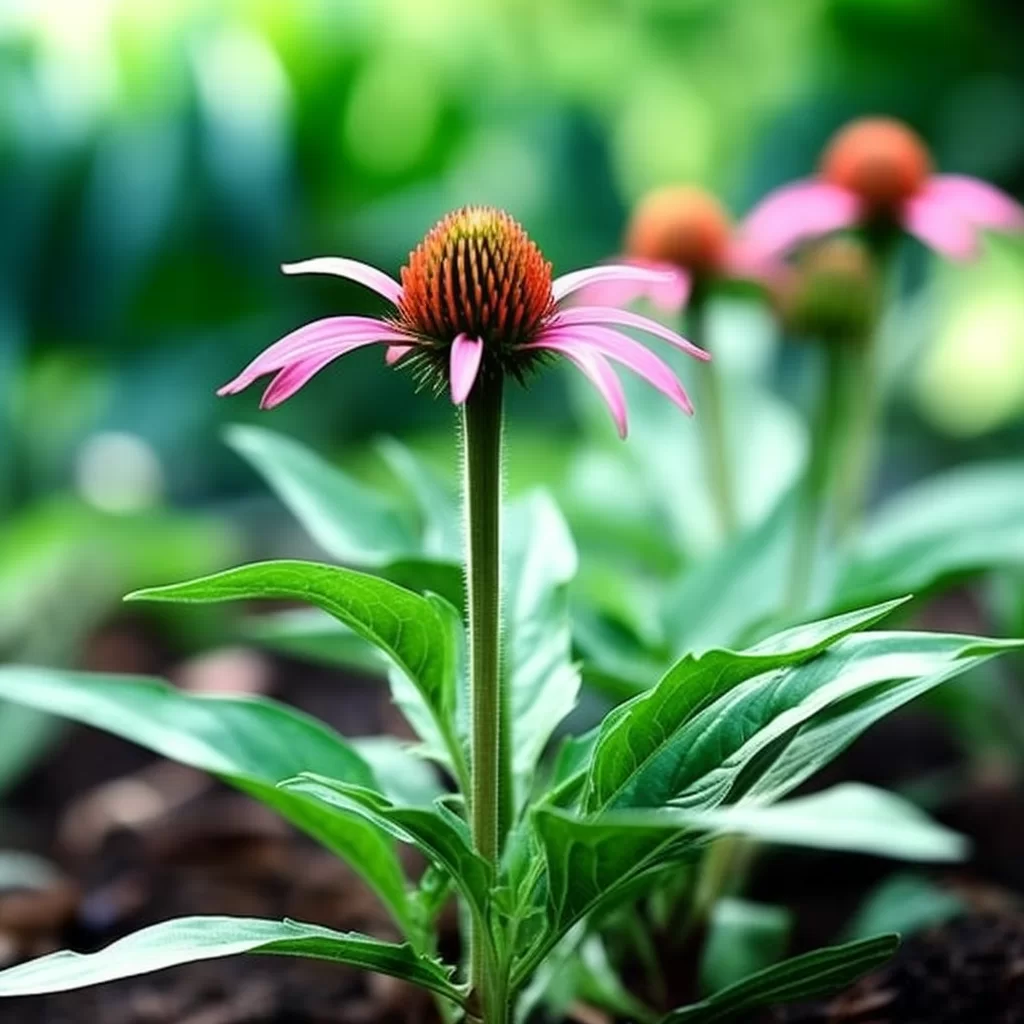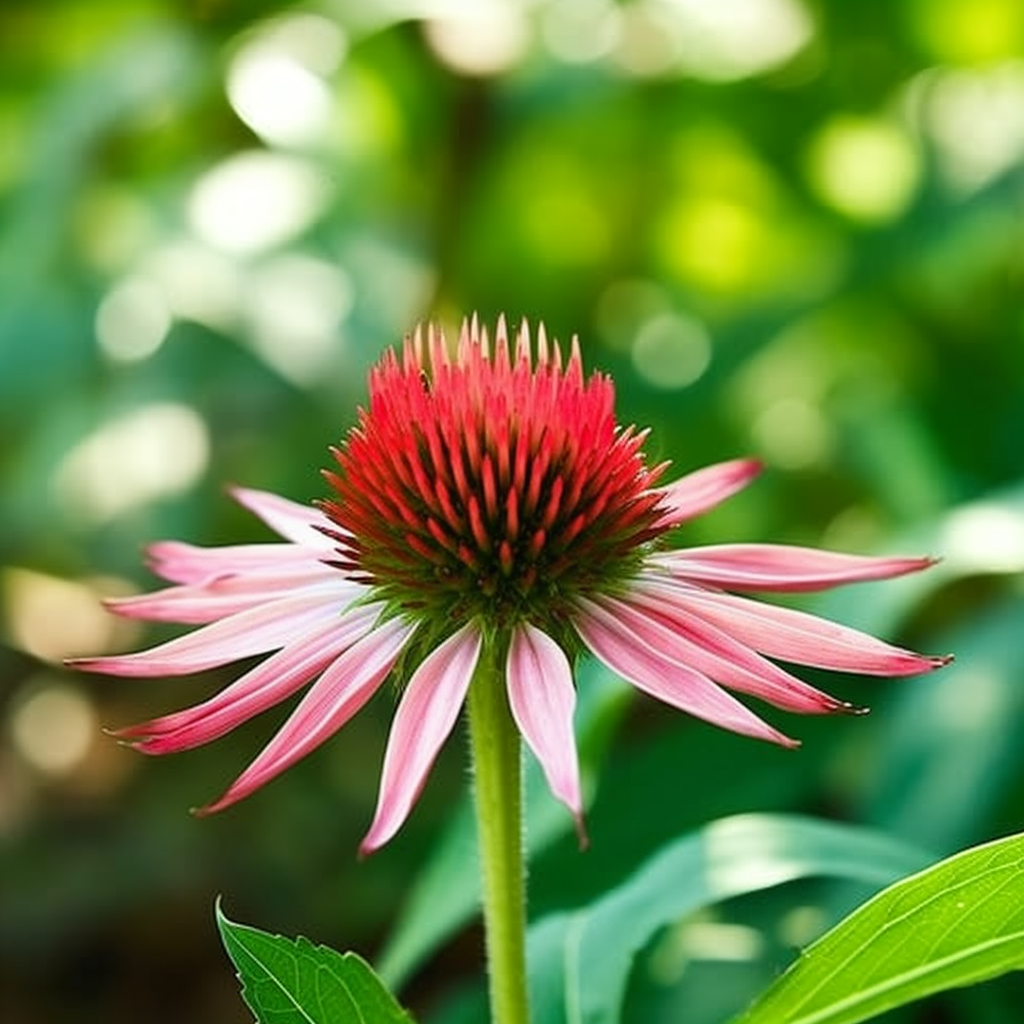Story of Day :
Contents
The Complete Guide and Care Tips for Echinacea Plants: A Gardener’s Delight
Echinacea, commonly known as coneflowers, is a popular flowering plant among garden enthusiasts. These hardy perennials are native to North America and are loved for their colorful blooms that attract bees, butterflies, and birds. As a gardener, you want to keep your echinacea plants healthy and thriving. In this guide, we will delve into the care tips for these beautiful plants.
Types of Echinacea Plants
Before we dive into the care tips of Echinacea plants let’s first look at the different types of Echinacea available –
- Echinacea Purpurea: This is one of the most common types with pink or purple flowers.
- Echinacea Sombrero: They come in various colors like orange-red or bright yellow.
- Ec hinac ea PowWow: The PowWow variety comes in vibrant shades such as magenta or bold pink flowers that bloom over a long period from summer through fall.

Care Tips for Growing Echinacea
Growing echinaceas can be quite easy given that they have few requirements but follow these steps to ensure they flourish –
- Sunlight: Make sure your echinaceas receive plenty of sunlight; at least six hours per day. Plant them in an open area where they can bask under direct sunlight; however young seedlings may need light shade during extremely hot days until established.
- Soil Type:The soil should also be well-drained and enriched with organic matter like compost or well-rotted manure. The soil should have a pH range of 6.0 to 7.5.
- Watering: Echinacea plants need moderate watering once or twice a week depending on the weather conditions. Avoid overwatering as it may cause root rot, but at the same time, don’t let them dry out completely.
- Fertilizing: Fertilize with an all-purpose organic fertilizer in early spring and late summer when new growth appears to boost blooms’ production.
- Mulching:Mulch around the plant base with bark chips or straw mulch to help retain moisture and control weeds while also adding nutrients back into the soil as it decomposes
Pests and Diseases

Echinaceas are generally robust plants that can withstand most pests and diseases; however, they can still be affected by some common issues such as –
- Aphids: These sap-sucking insects are usually found at the tips of new growths or on flower buds. You can use insecticidal soap spray or predator insects like ladybugs to control their population.
- Powdery Mildew: This is a fungal disease that causes white patches on leaves and stems which looks like powdered sugar has been dusted over them. Spray your echinaceas with fungicides regularly during humid weather conditions.
Cutting Back Echinacea Plant

You can cut back echinacea flowers after bloom if you want to encourage more blooms later in summer/autumn; however, if you leave some spent flowers intact till winter sets in then birds will enjoy feasting upon those seed heads plus this will also encourage self-seeding for next year’s crop.
Conclusion
Echinacea plants are beautiful and easy-to-grow plants that can bring a vibrant charm to any garden. They need minimal care and attention, making them an ideal option for both novice and experienced gardeners alike. Follow the tips outlined in this guide, and you’ll have healthy echinacea plants blooming in no time!

